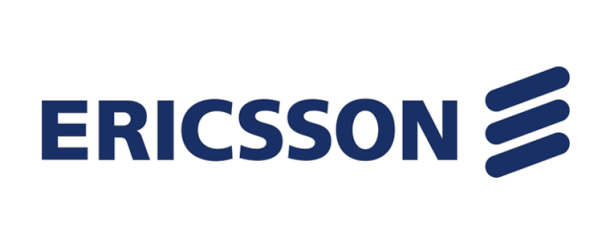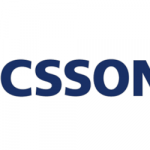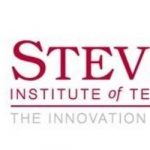Ericsson Research Identifies Challenges & Uses for Quantum Tech in Telecom

(Ericsson.blog) Ericsson Research has identified several potential use cases for quantum technology in telecom:
1) physical layer processing of the user data plane in the RAN (quantum Fourier transform and quantum linear solver)
2) clustering for automatic anomaly detection in network design optimization project (quantum K-means algorithm)
3) prediction of the quality of user experience for video streaming based on device and network level metrics (quantum support vector machine)
4) database search at the data management layer (Grover’s algorithm)
Quantum computing is just one of the many functions towards the development of a quantum network that will deliver the quantum Internet, but it still has many challenges ahead. The most significant challenges that academia and industry need to address are:
–the development of error-correcting codes for error-free quantum computing
–the building of architectures and interfaces between quantum computers and communication systems
–the development of reliable quantum memories
–the development of quantum programming languages, compilers and middle-ware stack
As the technology matures and quantum-chips are available in more compact form-factors (within the next 10 years), they could be deployed closer to user premises. Thus, in this second scenario, the quantum processor would be collocated with the baseband unit but in this case, the processor would be cloud-enabled to target acceleration of virtualized RAN functions. In this scenario, the quantum accelerator is part of a distributed quantum computing system.
Finally, when technology allows for miniaturization of both the chipset (see an example by Intel) and the refrigerating technologies, the quantum processor/computer could be locally deployed in the digital unit to substitute the current accelerator.



















